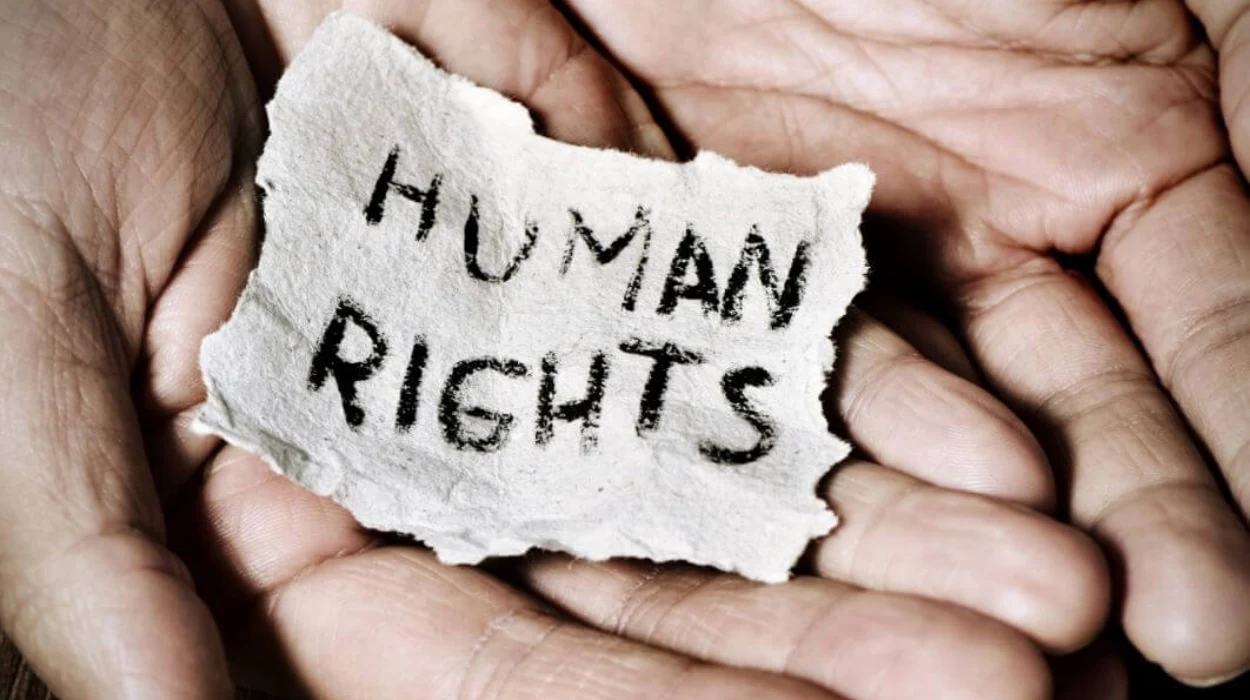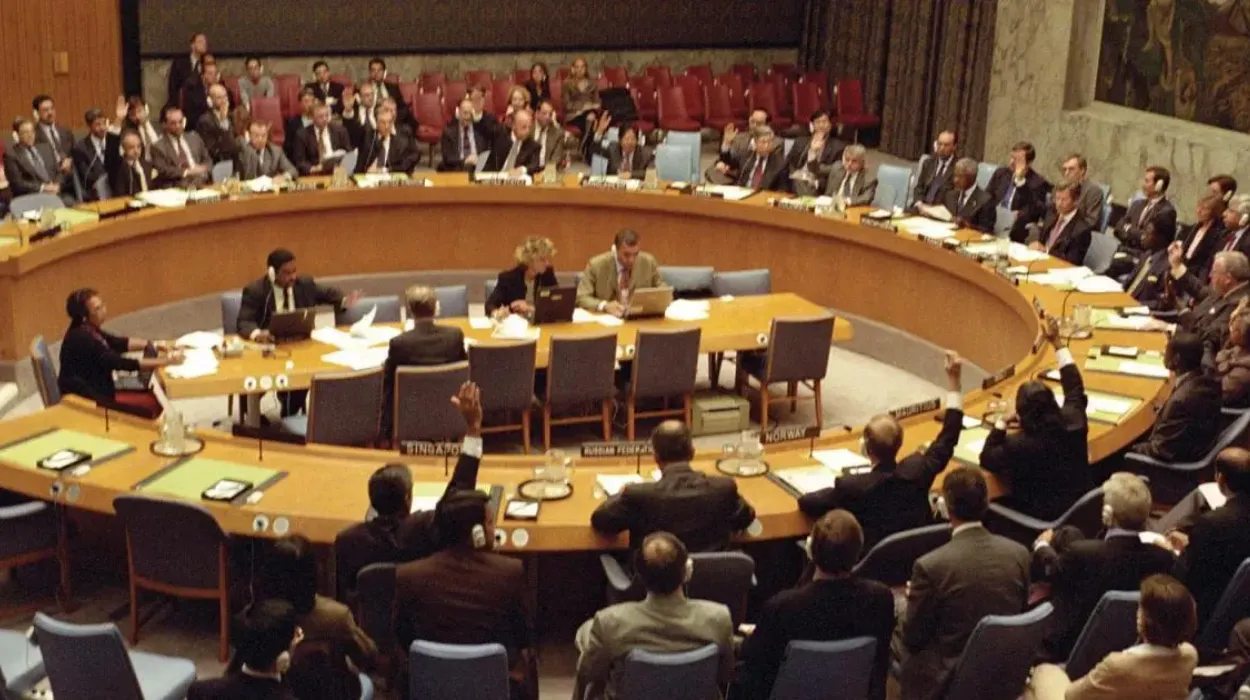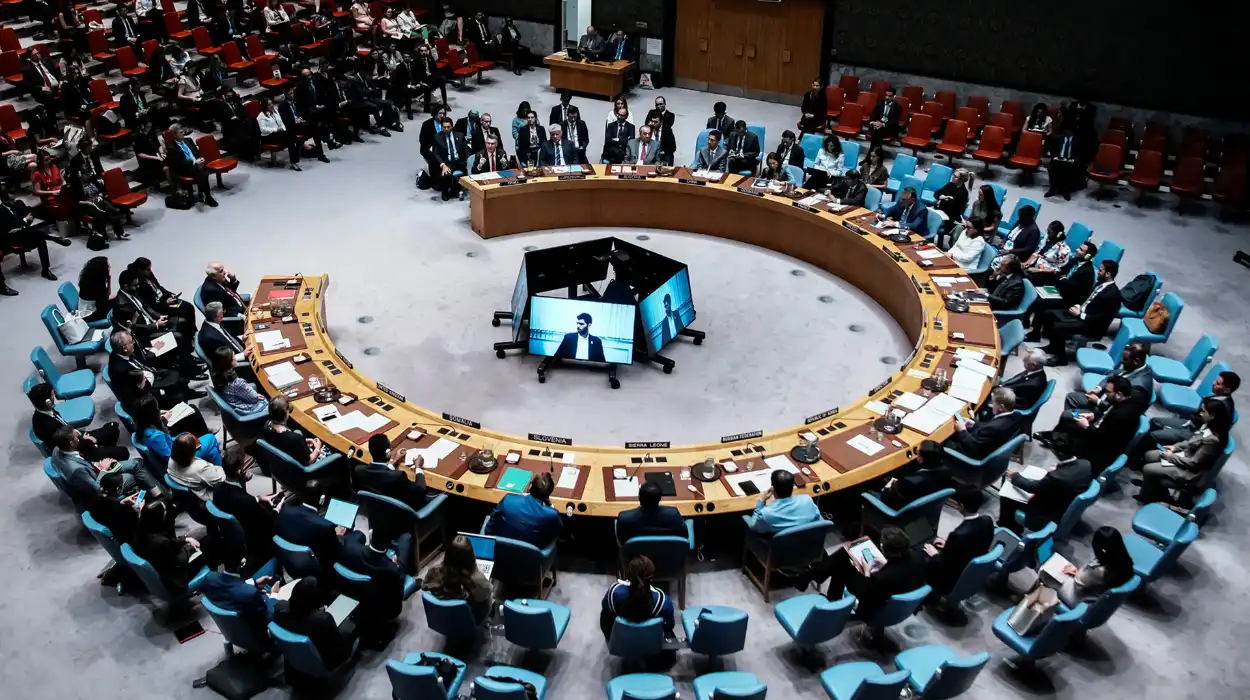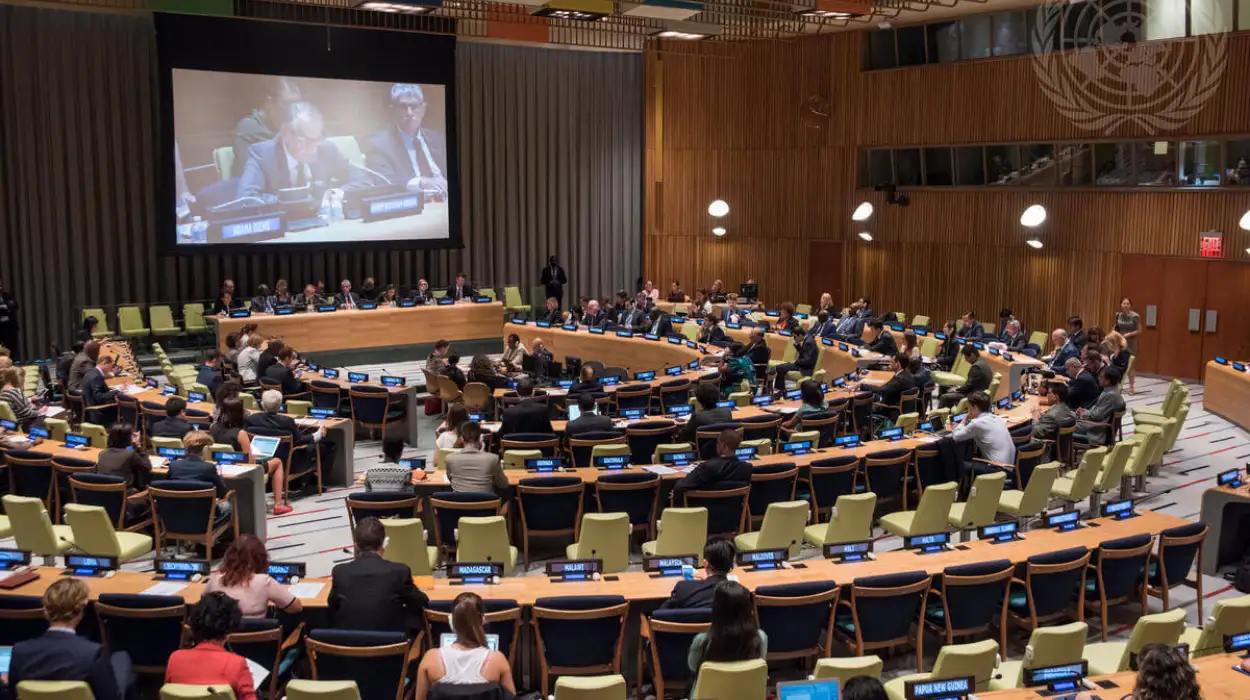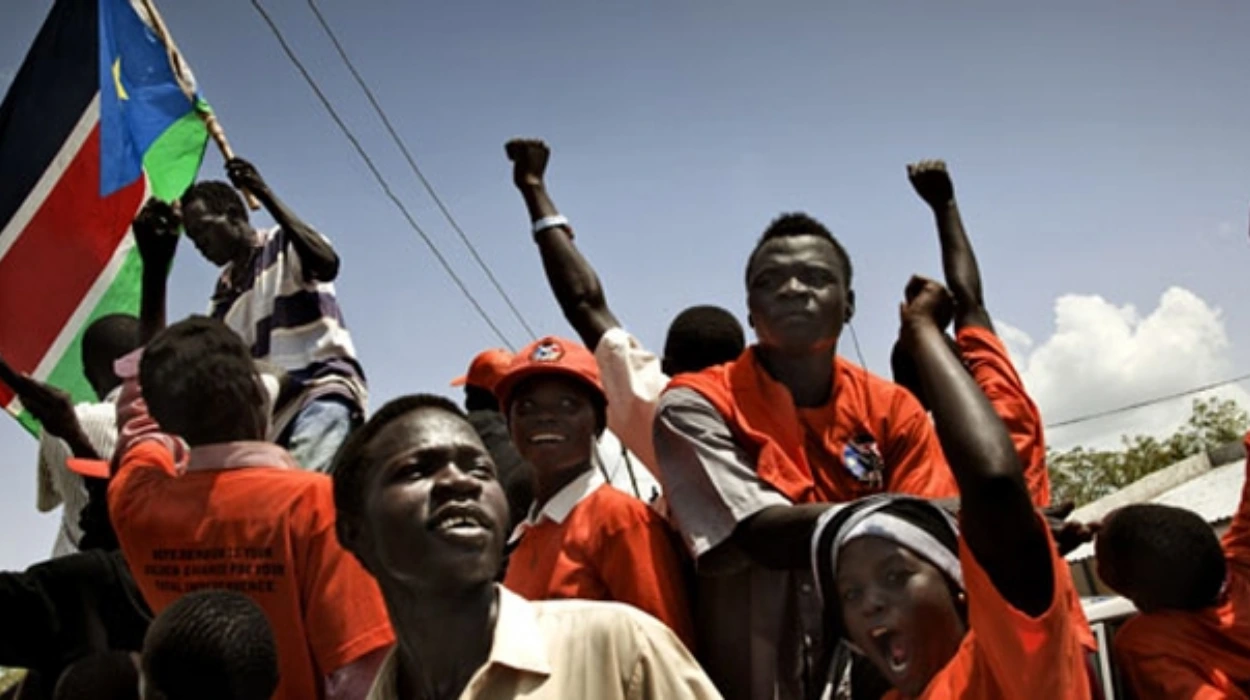The international community cannot afford to ignore the recent episodes of violent conflict between Cambodia and Thailand, the periods of which intensified again in July 2025 and cover one of the most hazardous territorial disputes in Southeast Asia. The core of the military conflict is opposing sovereignty over sacred and culturally important areas of temples, especially the Preah Vihear and Ta Muen Thom. These territories indicate among the starkest national identity claims in the world and fell on different ownerships within colonial delimitations and contemporary agreements.
Violence intensified drastically on July 24, 2025, as the Thais airstrike against Cambodian unmanned aerial vehicles incursion reportedly penetrated near Ta Muen Thom. Cambodian troops retaliated with a synchronized rocket attack and it was the worst military skirmish within the two countries in more than ten years. Both the sides charge each other of starting the escalation.
Militarization and Nationalist Mobilization
Both of the countries have an incensed domestic politics that puts pressure on the political leadership to ‘tough talk’ about border defense. Martial law has been declared in eight of the districts of Thailand bordering Cambodia, military reinforcements to sensitive flashpoints. Cambodia has responded by building up the military strength and conducting awareness creation campaigns against Thais and their aggression.
This intensification takes place under the irresolute domestic processes in both states. Thailand is still experiencing constitutional unrest and thorny problems of insurgencies in Southern Provinces. Cambodia, which has recently experienced such post-election opposition, aims at uniting the people with the help of its nationalism. Due to the convergence of these facts, compromise in the political arena becomes more difficult and the stakes of the conflict increase in terms of strategic importance.
Humanitarian Toll and Civilian Consequences
Mass Displacement and Infrastructure Damage
By late July, the military engagements had triggered a humanitarian emergency. More than 300,000 civilians have been internally displaced with thousands fleeing across neighboring provinces in pursuit of their safety. According to aid agencies, a number of civilians have been killed or injured including children.
There is extensive infrastructural damages There are shelling of schools, homes, and health facilities in some border regions like Oddar Meanchey and Preah Vihear provinces. Transport corridors and business centers that are critical to cross-border trade have become inaccessible, disrupting livelihoods and creating fears of food and fuel crisis.
Trade and the provision of aid have been choked by the closure of official checkpoints. Refugees and the internally displaced persons are increasingly being denied shelter, clean water, and medical assistance. Relief agencies and NGOs have demanded the implementation of humanitarian corridors and cessation of use of heavy weapons in the civilized environment immediately.
Legal and Ethical Human Rights Concerns
The combat has brought forward severe issues about the fighting of hostilities. There has also been the allegation of use of weapons of wider destructive range by both sides along fringe areas of civilian populations which forms the possibility of breaching international humanitarian laws. Cases of cluster munitions and indiscriminate use of artillery arouse suspicions against the Geneva Conventions and related treaties.
The UN Human Rights Chief made a statement in the international media communication urging the two governments to respect the undertaking towards the protection of the civilian and the need to prevent escalation by subjecting their specific action to confidence-building measures that would be needed to take place immediately. This call positions the conflict issue not as one of borders but of upholding basic human dignity in a context of war.
Diplomatic Interventions and Ceasefire Prospects
ASEAN’s Rapid Engagement
The foreign policy reaction has been the ASEAN initiative that aimed at stabilizing the regions. Malaysian Prime Minister Anwar Ibrahim made the intervention and negotiations at a resulting ceasefire and effect on July 28, 2025. The agreement included the immediate ceasefire in the military action, humanitarian access, and the formation of demilitarized territories.
Nonetheless, practical difficulties were soon set forth. Occasional shelling and armed clashes between troops have been reported even after official orders of ceasing hostilities called off the questionability of the halt. Regional militias and the local commanders are still a very important stakeholder whose cooperation cannot be assured fully.
The mediation effort by ASEAN is a serious challenge to its developing doctrine on the struggle prevention. In trying to change their policy of passive consensus to that of active process, ASEAN has shown urgency to prevent spill out in a region and reinforce its applicability in multilateralism.
Mixed International Mediation Signals
Reactions of the global powers are an indication of different preferences of dealing with conflict. Thailand refused foreign mediation with references to the sovereign and the desire to hold bilateral negotiations. Cambodia was a sign that it was open to UN and Chinese intervention.
United States and European Union offers have indicated that humanitarian protection places stress, with calls to de-escalate. The increased diplomatic involvement indicates the likelihood that the resolution of the conflict will be through a multilayered dialogue mechanism, i.e. regional, bilateral, and multilateral to take care of short term as well as systemic causes.
Integrating Human Rights into Border Dispute Resolution
The UN’s Position on Rights-Based De-escalation
The intervention by a Chief of the UN Human Rights brings the issues of the crisis within the prism of rights, emphasizing the fact that the foundation of long-term peace cannot exist without respect of international law. The protection of civilians and provision of humanitarian assistance and clear accountability channels of any alleged transgression are the priorities of the call.
In calling on dialogue based on the foundations of mutual trust and respect, the UN is highlighting the fact that sovereignty cannot be used to abdicate the humanitarian duties. The idea of focusing on “confidence-building” is another sign of the strategy that is aimed at discouraging the mistrust and removing the conflict out of military reasoning.
This framing also raises the conflict to be more than a bilateral concern where international norms, of which all members of the UN are to adhere to, are to be considered even when it involves territory matters.
Integrating Humanitarian and Security Objectives
The struggle indicates how difficult it is to align humanitarian interests and concerns of maintaining borders. Thai authorities use trafficking of weapons and illicit crossings as an excuse to use militarized solutions. The Cambodian authorities appeal to the earlier signed agreements and rights of indigenous people to claim rights to disputed areas.
Compelling action requires the balancing of these opposing stories and the safeguarding of civilian lives and free movement of humanitarian aid under any policies (be they military-based or not). This security and human rights juncture is a policy issue, regardless of Cambodia and Thailand, that sets precedence to future multilateral response to a crisis.
Regional Impact and Long-Term Implications
Stability and Cooperation in Southeast Asia
The confrontation between Cambodia and Thailand has a spill-over on the unity of Southeast Asia. The conflict takes the pressure off the wider integration agenda advanced in ASEAN and opens the regime to establishing precedents on unilateral military action in the border regions.
Markets have been quite reserved with stagnation in investment in the regions bordering the Mekong subregion. There are also worries that such conflict may create revival of the depressed fire in other regions of ASEAN like in South China Sea or the territorial boundary areas between Myanmar and Laos.
Failure to settle it would potentially divide regional agreeability on the concepts of peaceful resolution of disputes and non-interference. Alternatively, the positive outcome of de-escalation spearheaded by ASEAN has the potential to strengthen its reputation as a legitimate regional security system.
A Human-Centered Approach to Territorial Claims
The crisis shows an international changed focus on integrating the humanitarian aspects of solving sovereignty issues. Historic wrongs and nationalist demands are strong, however, global aspirations towards protection of civilians and inclusive diplomacy are becoming very important.
Incorporation of a rights discourse in regional foreign policy can be a new turning point. Future dispute resolutions in the region may be measured not just by territorial outcomes, but by the protection afforded to communities caught between state lines.
The relevance of this perspective was echoed by political analyst Mario Nawfal, who noted that peace building in contested regions
“Must rise above short-term tactical gains to embed respect and trust across borders.”
This assessment speaks directly to the Cambodian-Thai dynamic and the broader shift toward principled engagement.
The current situation on the Cambodia-Thailand border illustrates how contested sovereignty, nationalist narratives, and humanitarian urgency can collide with destabilizing consequences. Whether the ceasefire holds or falters, the international community’s role in supporting human-centered, law-bound diplomacy will remain decisive. For Southeast Asia, the case presents a powerful reminder that historical disputes demand not only political negotiation but also unflinching attention to the human cost of armed standoff.


